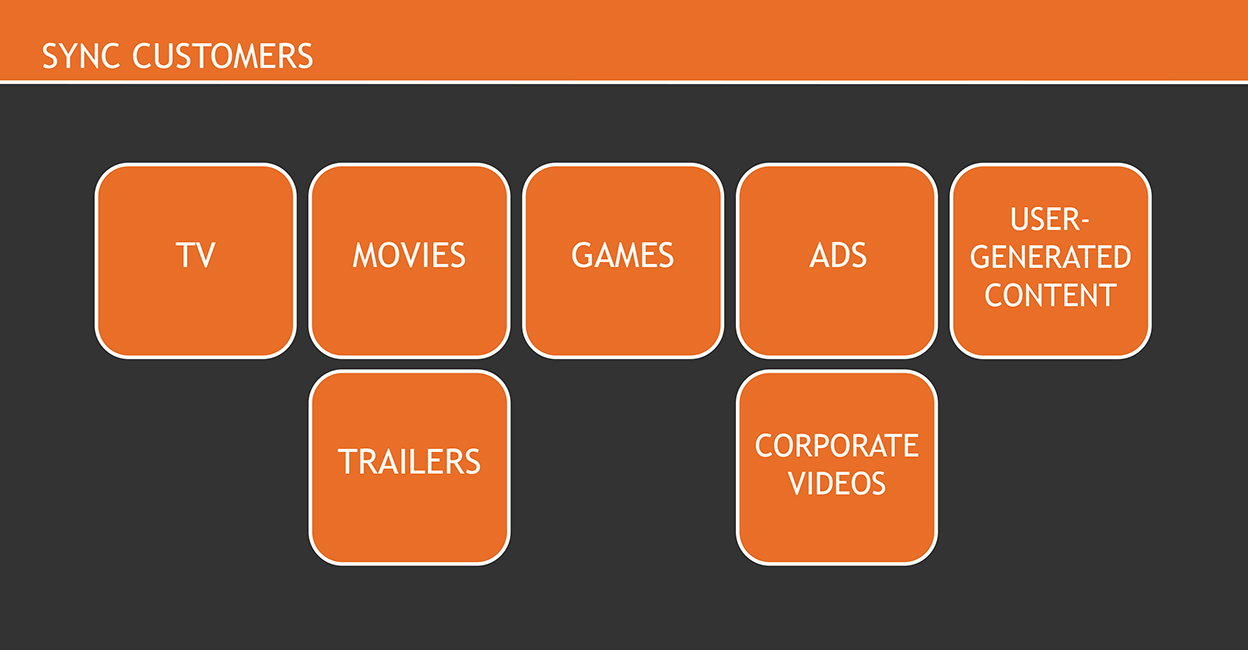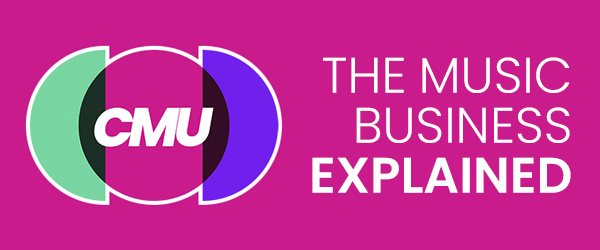This website uses cookies so that we can provide you with the best user experience possible. Cookie information is stored in your browser and performs functions such as recognising you when you return to our website and helping our team to understand which sections of the website you find most interesting and useful.
CMU Trends In Ten Music Copyright Library
CMU Trends In Ten: Sync Licensing
By Chris Cooke | Last Updated: March 2020

This is a ten step guide to sync licensing, explaining how deals are structured when music is synchronised into video and the copyright complexities that need to be navigated.


01. The sync business has various client groups
Various different groups of people and companies want to synchronise music into their videos, and the sync business is organised around these different client types. The way deals are done and the amount of money generated by those deals can be different according to the client type.
The big four groups are the TV industry, the movie industry, the gaming industry and the advertising industry. Every project is different, but as a general rule the ad industry has the biggest budgets for sync, then games and movies, and TV will pay the least (certainly upfront).
You could see movie trailers as a separate fifth group, because they are often licensed separately to the movie they promote, and there may be a bigger budget for the music that appears in the trailer than in the film itself.
There are also other client groups beyond the big four.
Although linked to advertising, corporate videos could be seen as their own category, as they will often be produced by different entities to consumer-facing ads. And with the rise of video-sharing and user-generated content platforms like YouTube, Facebook, Instagram and TikTok, there are also amateur video makers who use other people’s music in their videos.
We will refer to all these different groups as ‘video producers’ in this guide.






